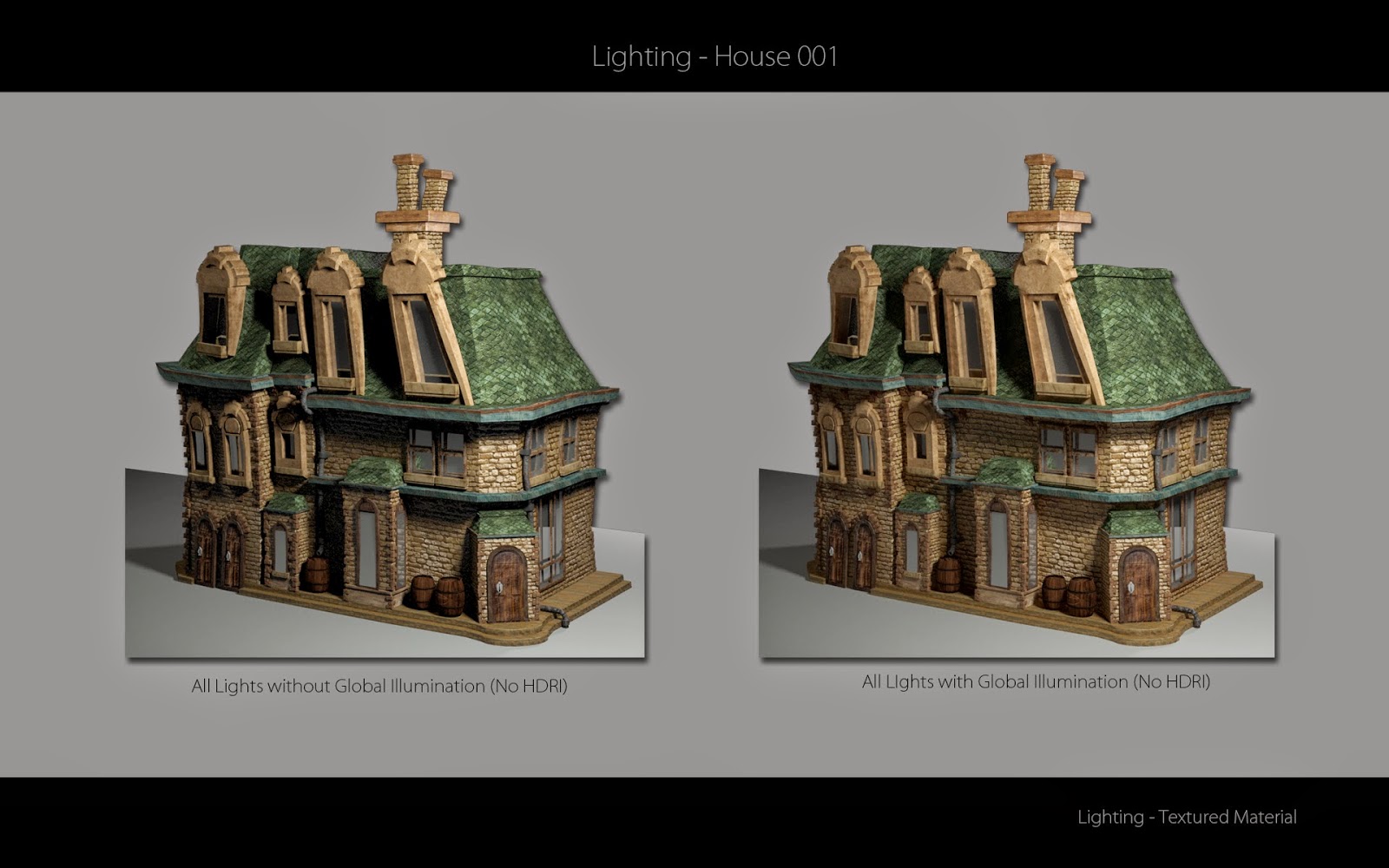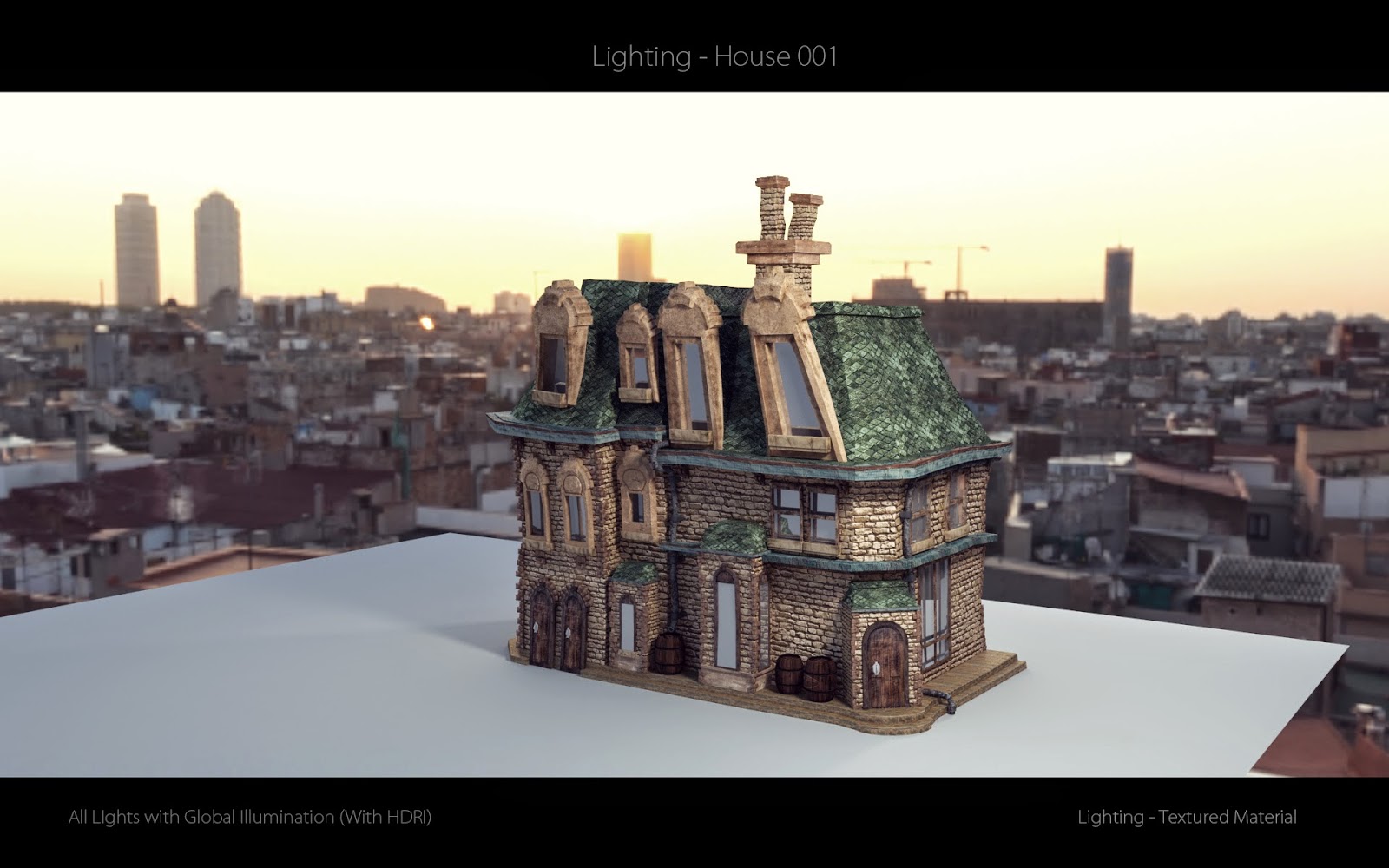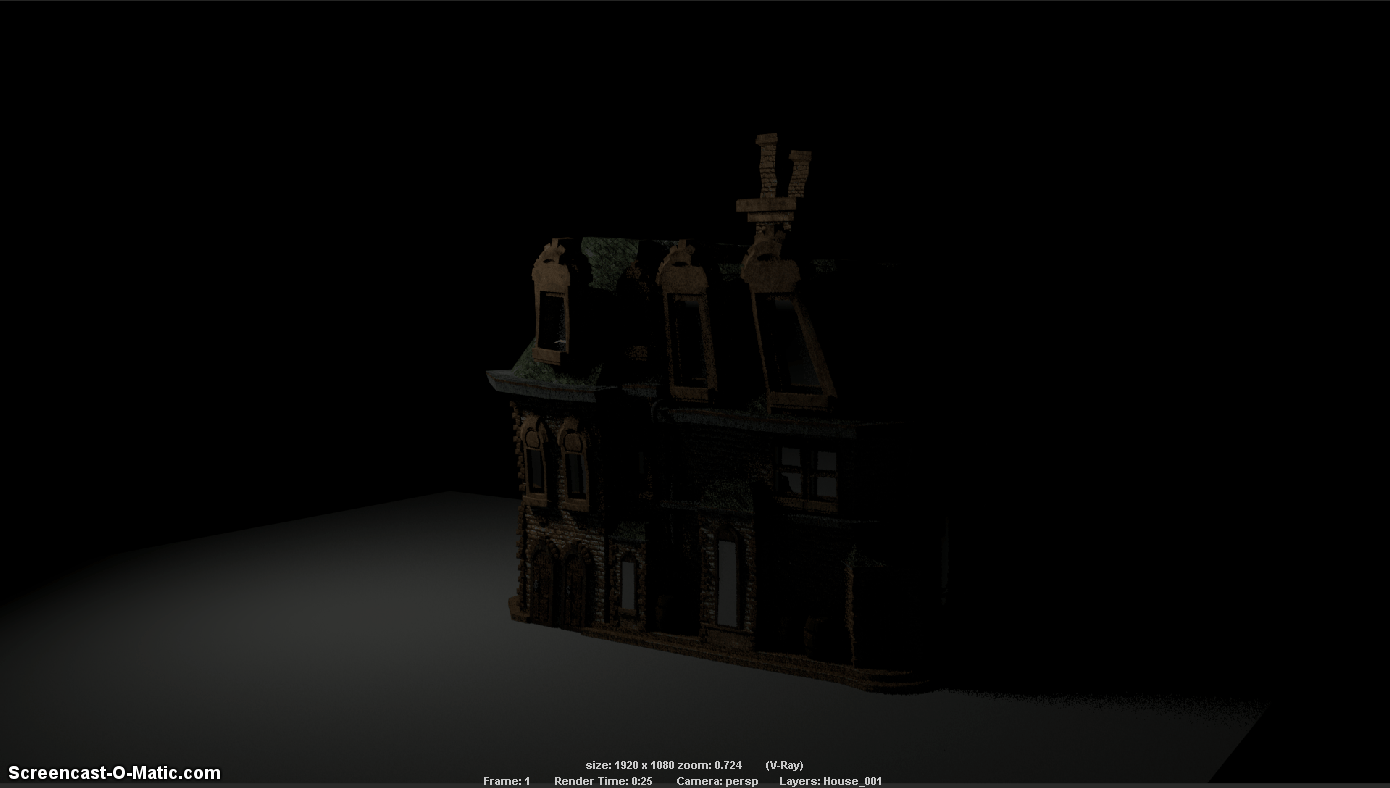Reflective
Statement
I
had started my project with an extensive research on Fantasy Art, Literature
and Films and made a mind map to reflect my idea on what I really wanted to
achieve. The Fantastic genre is a daunting task on its own, but a fairly
interesting one too. I divided my mind map into three different segments. Art,
Literature and Films and started off from there. Fantastic Literature helped me
a lot in basing my idea and finally narrowing down to something that really
interested me. From George MacDonald to J. R. R. Tolkien to G. R. R. Martin to
finally C. S. Lewis. Hans Christian Anderson, one of my favourite authors and
all-time favourite children’s book novelist helped frame my idea even more.
Juvenile Literature interested me a fair bit and most of them have been adult
contemporized. My favourite’s Alice in
Wonderland, The Little Mermaid, The Emperor’s New Groove, Sleeping Beauty and
so on and so fourth . Most of them are brilliantly structured when an essence
of eerie nature weaved in. Illustrations were plenty during this time of
literature.
Comic
books and Fantasy Magazines also came into existence in the early 1930’s where
fantasy had more of an influence on the general public, people wanted to see
something different, be it a magic show, or
a huge Gorilla on the Empire State Building. Whatever the case people
started to buy into Fantastic ideas. Fantasy Art is a pivotal part of our
colourful history, the varied spectrum it added to this already wide history
was astronomical. This is when Tolkien’s literature started gaining popularity.
Smart Editing in films were seen more, Stop motion, which was one of the oldest
forms of storytelling, were used more and more prominently.
Fantasy
Films like King Kong, Jurassic Park, Terminator and The Wizard of Oz paved the path
to the future of Fantasy Art.
The Pied
Piper of Hamelin
I
set foot researching on Fantastic artists, Fantastic literature and Fantastic
films and built a mind map to deeply understand my subject. I did a brief study
on Folkloric tales and Authors. I leaned towards juvenile literature which till
today interests me. Hans Christian Anderson and C. S. Lewis have always been my
childhood inspirations. The eerie nature of their tales were always asking to
be created visually. However the Legend of “The Pied Piper of Hamelin” is my
pick. I always wanted to do something with the story or the visuals.
The
concept I wanted to stick to was more towards Juvenile Literature. I was always
impressed by the Legend of the Pied Piper of Hamelin. It was the year 1284 when
a strange and wondrous figure arrived in Hameln. He was attired in a coat of
many colours and was taken to be a rat catcher, as he promised to free the town
of a plague of rats and mice for a fixed sum of money.
The
citizens pledged to pay him his fee, so the visitor produced a pipe and began
to play. Soon all the rats and mice came running out of the houses and gathered
around the Pied Piper in a teeming mass. Once convinced that each and every one
followed, he went out of the town straight into the River Weser where the
vermin plunged after him and drowned.
The
townspeople, however, now freed of the plague, regretted their promise and
refused to pay the Piper, who left Hameln in a bitter mood.
On
the 26th of June in that year he returned, this time dressed as a huntsman,
wearing a grim countenance and a wondrous red hat. While the townsfolk were
assembled in the church, he again sounded his pipe in the streets.
But
it was not rats and mice who came out this time, but children! A great many
boys and girls older than four came running and were led through the Ostertor
gate into the very heart of a hill where they all disappeared. Only two
children returned because they could not keep up: one was blind and could not
show where the others had gone, the other dumb and not able to tell the secret.
A last little boy had come back to fetch his coat and so escaped the calamity.
Some tell that the children were led into a great cavern and reappeared in
Transylvania. A total of 130 children were lost.
I
still have to revamp my concept so I have a stronger structure to base my
Environment around. The Project I wanted to do is an Art Piece on what Fantastic
Art is really about, is it the Mood, The Story or just all combined creating a
rather unique image that would support my research and Idea. 3D is just a mere
medium and without a solid structure can fail really badly. The art Style I
wanted to go for was more to do with the psychology of why then “Oh!! That
looks great”. Warped architecture is real, believe it or not. There are reasons
why the buildings or house are shaped in a particular way or style be it the
Shambles of York or the Alley’s in Stockholm, Sweden. Everything great has a
meticulous amount of research and effort put in to achieve a particular goal or
result. No good work comes without a fair amount research.
Likewise,
I will try to depict a scenario where everything fits, revolves around the
ghostly legend of the Piper and has a fantastic theme to it. It sure is hard,
but all good work is hard, and if done well results are always promising.
Problems
The
problems I did face was while creating the proxy for the building, on how
warped I wanted the architecture to be. Would I go all gun’s blazing or
subtlety would play its part, it a hard decision but I did stick to something
more exaggerated and more akin to my usual style. Problems?
There
are so many, mostly technical, from learning a new render engine in Vray, to
New material’s in Maya, to preferred style and most important of all TIME.
Considering
all the problems faced, I was able to achieve what I initial planned and get
more or less what I wanted, you can keep trying to better things but there is a
time when you have to say, Enough and move on.
Learning
Outcomes
This
is probably my best project I have worked on till date, studying the Victorian
Era, from Victorian architecture to the Food, the way the middle class and the
working class people survived, to famous alleyways in different countries in
Europe and various other continents. My research Blog has an in-depth research
on Alleyways and the Victorian Architecture. I got to learn the V-Ray render
engine, and good gracious it’s a wonderful render engines, miles ahead of the
dated but still impressive Mental Ray, mind you this is not slating Mental ray
in any shape or form just asking for it to be updated.
Just
in general a lot of this I did learn from this project, all invaluable
information I wouldn’t learn otherwise. Eddie helped me a lot in directing what
path I have to take regarding this project and hope to borrow his brain for
further idea down the road, such a great research lecturer he and I can’t thank
him enough.
What would I
do differently?
Not
much really, just maybe Time Management, which is probably my best till date,
so can’t be too harsh on myself. The concept probably, which will haunt me for
the next month or so, hopefully I nail that out and get going with the project.
Otherwise I wouldn’t change too much , I set foot with a certain plan and got
more or less what I expected, more is always better but I can’t really complain
to be honest. Special thanks should go to Arien, Eddie, Chevy Saumitra, Sagar,
Richard and Maxim in inspiring me with this project.
---------------------------------------------------------------------------------
Clint Rodrigues






















































